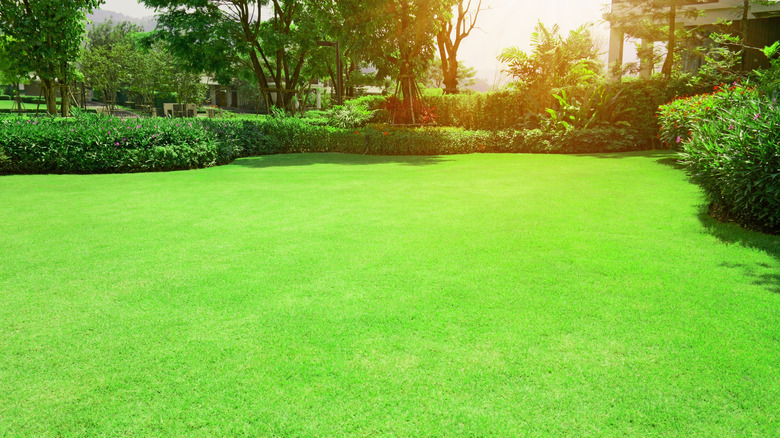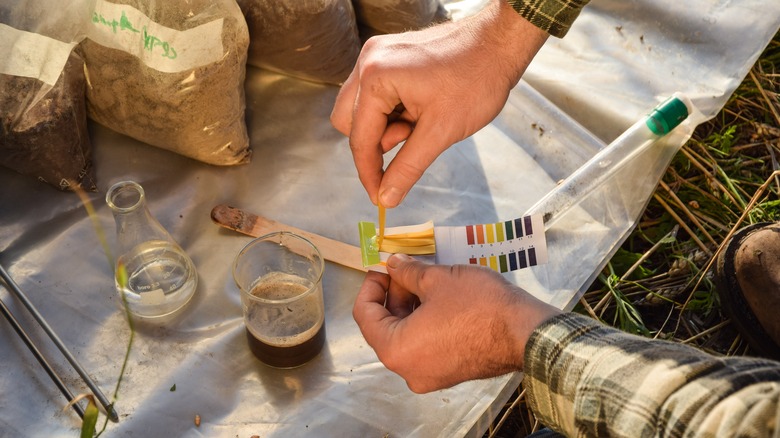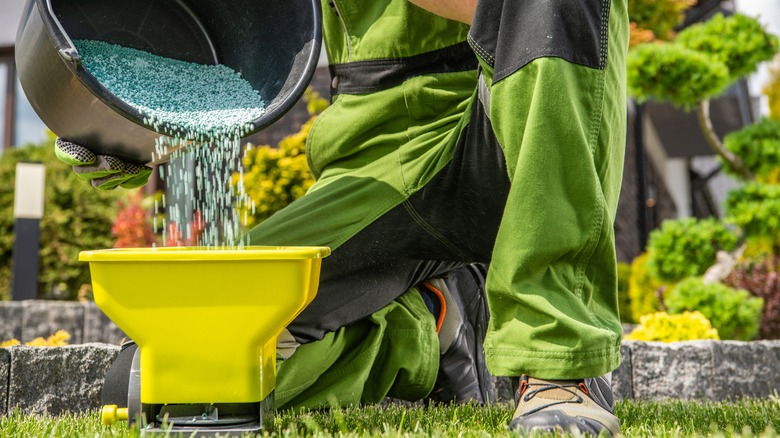Keep Your Bermudagrass Lush And Green With These Must-Know Fertilizing Tips
Bermudagrass is a warm-season grass that's popular for its ability to withstand drought and heat. Its resilience makes it an excellent choice for lawns, especially in warmer regions. However, like any other grass, bermudagrass requires care and maintenance to thrive. Proper fertilization has a huge impact on grass health and appearance. It reduces water requirements, helps control pests, and reduces the diseases they carry. You can keep your bermudagrass lush and green with a few must-know fertilizing tips, like what fertilizer to use and when to apply it.
Fertilization is a vital process that provides plants with the necessary nutrients to grow and remain healthy. Properly fertilized bermudagrass has better color, density, and an improved resistance to disease and pests. However, over-fertilization can cause more harm than good. It can lead to excessive growth, thatch buildup, and nutrient runoff. That's why it's important to understand the fertilization needs of your bermudagrass. You'll first need to test the soil to determine your lawn's unique needs. From there, you can make sure your grass gets the right balance of nutrients.
Test your soil to find the right fertilizer
Grass requires nitrogen, phosphorus, and potassium for healthy growth. The ideal ratio of these nutrients varies depending on the soil type and the climate. Bermudagrass needs a ratio of nutrients that's high in nitrogen. However, until you conduct a soil test, you won't know your soil's nitrogen levels. You must understand what is already within your soil to pick the best fertilizer.
Testing the soil sounds like a science best left to people in white lab coats, but it's quite easy to do yourself. A soil test will tell you the pH level of your soil, the texture, structures, and the nutrient deficiencies, if any. You can get a soil test kit from your local garden center or use a DIY soil test. Alternatively, you can send a soil sample to a lab for their analysis. You can find local labs by searching for your area on the North American Proficiency Testing website. A lab analysis will be more thorough and require less effort, but testing your own soil is a beneficial educational experience. Then, once you have the results, you can determine the type and amount of fertilizer needed.
Fertilize in the spring and late summer
The timing and frequency of fertilization will depend on factors like climate, frequency and type of use, and soil quality. Generally speaking, the right time to fertilize bermudagrass is during its most active growth stage in late spring or early summer. You can apply another round of fertilizer in the late summer or early fall. The second application will help the grass grow stronger roots that will outlast the winter.
You can determine the amount of fertilizer by consulting your soil test. The level of nitrogen will determine how much fertilizer you'll need. The nutrients required may vary, but typically, you'll need one to two pounds of nitrogen fertilizer per 1,000 square feet of lawn. Consult your fertilizer packaging for specific instructions. Be careful not to apply more fertilizer than is needed, as over-fertilization leads to high levels of salt that harm beneficial soil microorganisms. Over-fertilization also contributes to sudden but unsustainable growth. So, while grass may grow, it won't last due to weak roots. Apply the appropriate amount of fertilizer with the correct nutrient ratio and you'll enjoy a healthy green lawn.



